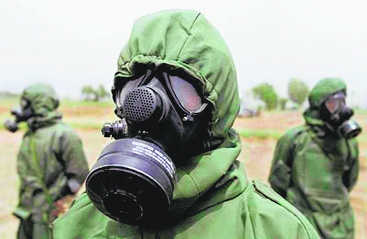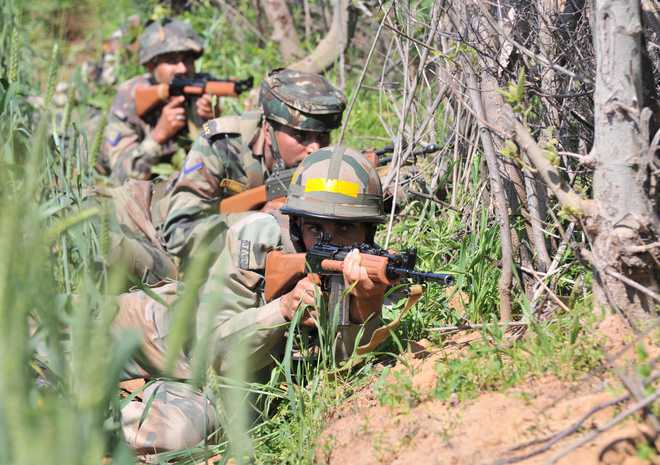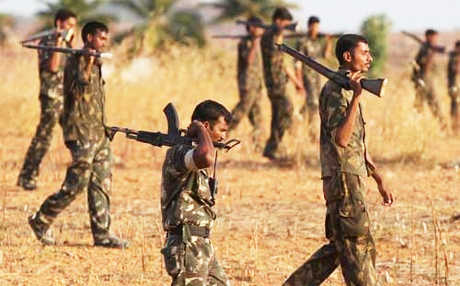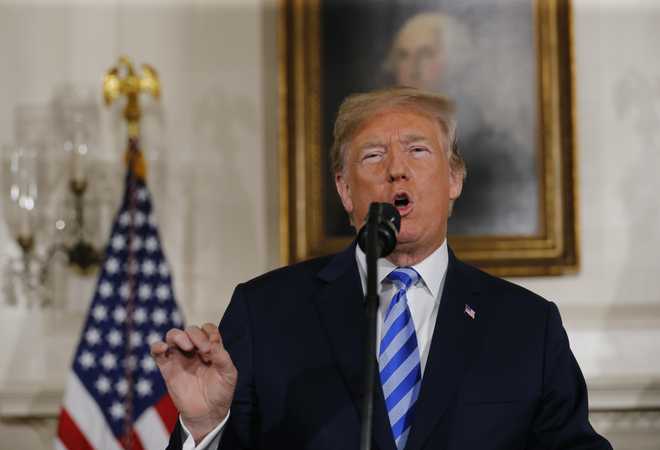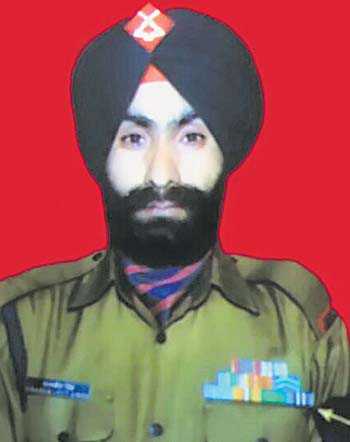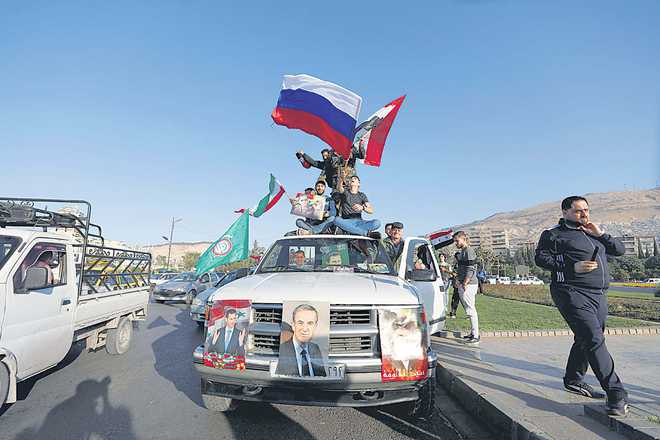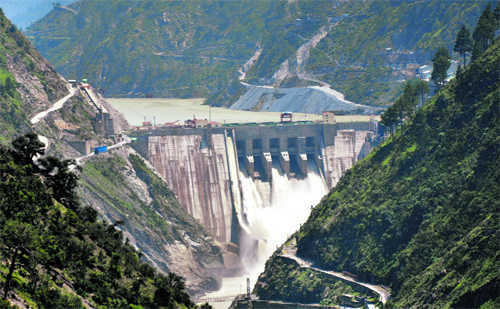
Washington, May 22
Pakistan has raised with the World Bank the alleged violation of the Indus Waters Treaty by India, which inaugurated the Kishanganga hydro project in Kashmir, as the multilateral lender sought opportunities within the treaty to find an amicable resolution of the issue.The four-member Pakistani delegation, led by Attorney General Ashtar Ausaf Ali, met the World Bank officials here yesterday, days after Prime Minister Narendra Modi inaugurated the 330 MW Kishanganga hydroelectric project in Jammu and Kashmir.The inauguration of the hydroelectric project was held amid protests from Pakistan, which claims that the dam on a river flowing into Pakistan will disrupt water supplies.Pakistan’s Foreign Office had, on Friday, voiced concern over the inauguration of the hydroelectric project, saying inauguration without resolution of dispute between the two countries will tantamount to violation of the Indus Waters 1960 that regulates the use of waters in the shared rivers.”The Indus Waters Treaty is a profoundly important international agreement that provides an essential cooperative framework for India and Pakistan to address current and future challenges of effective water management to meet human needs and achieve development goals,” a World Bank spokesperson told PTI.”The meetings are discussing concerns raised by the Pakistan delegation and opportunities within the treaty to seek an amicable resolution,” the spokesperson said.No other details about the nature of Pakistani grievances were made available by the World Bank officials.The discussions are scheduled to continue today.Pakistani daily Dawn said the talks would cover four key points: the height of the dam built on the Kishanganga River, its capacity to hold water, Pakistan’s demand for setting up a court of arbitration to settle the dispute and India’s counter-demand for an international expert.Islamabad had been raising objections over the design of the hydel project, saying it is not in line with the criteria laid down under the Indus Waters Treaty (IWT) between the two countries. But, India says the project design was well within parameters of the treaty.The project, located at Bandipore in North Kashmir, envisages diversion of water of Kishan Ganga river to underground power house through a 23.25-km-long head race tunnel to generate 1713 million units per annum.The Kishanganga project was started in 2007 but on May 17, 2010, Pakistan moved for international arbitration against India under the provisions of the Indus Waters Treaty.The Hague-based International Court of Arbitration allowed India in 2013 to go ahead with construction of the project in North Kashmir and upheld India’s right under the bilateral Indus Waters Treaty to divert waters from the Kishanganga for power generation in Jammu and Kashmir.The international court, however, decided that India shall release a minimum flow of nine cubic metres per second into the Kishanganga river (known as Neelam in Pakistan) at all times to maintain environmental flows. PTI





















































